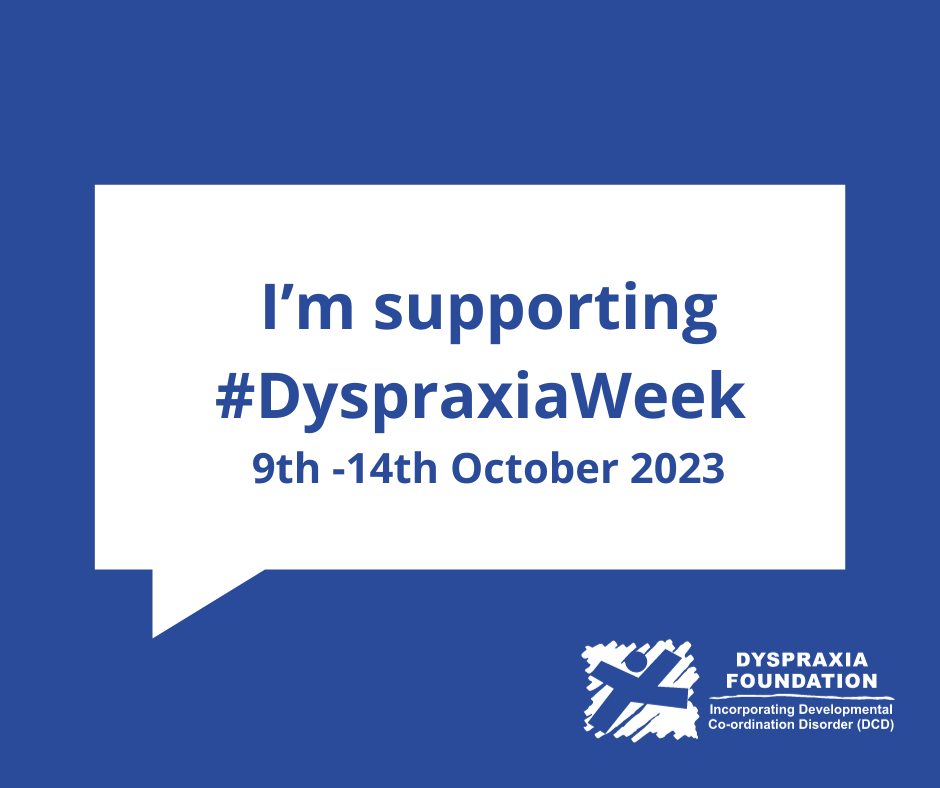“Many conditions fall under the umbrella of ‘invisible disabilities’, but dyspraxia is among the most prevalent and least understood. When I was six, it was often given the more formal moniker of Developmental Coordination Disorder (DCD), meaning I could neither understand, nor spell, my diagnosis. A popular and long-held misconception about dyspraxia, which has persisted since that assessment, is that people grow out of it. Children with the condition are often conspicuous through clumsiness, difficulty dressing themselves, and a general lack of balance.
The same is not always true of adults, who have had the time to learn to live with their less changeable bodies and adapt to the challenges brought on by the condition. Sometimes technology liberates from the humiliation of crafting each letter slowly and carefully, only to be told your handwriting is illegible, sometimes strict adherence to the kinds of regimes prescribed by physios improves the poor core-stability and reduced muscle-tone that often come with being Dyspraxic, and sometimes we just get very good at hiding how much more difficult the world is to navigate.
Dyspraxia was once believed to be a mild form of cerebral palsy, affecting many of the same areas of the brain, but while CP can result in pronounced differences in mobility, dyspraxia rarely does. Or, as the mother of a young client with the condition put it to me the other day ‘she looks normal, she talks normal, so the guy who did the PIP assessment didn’t see her as disabled.’
When I was little, I used to tell my mother it was like being shackled to an invisible moose. People would look around, alarmed, wondering what large, clumsy animal could be making such a racket out of simple tasks, see a small, but otherwise physically ‘normal’ child standing (or occasionally lying face-down) amid the chaos of an upturned bicycle, knocked-over paint-tin, or runaway power-tool and scratch their heads in confusion. As I got older the scope and complexity of the challenges increased. How do you explain to an employer that you get tired more easily than most people, or take longer to learn new things without sounding lazy or incompetent?
Every year I plan to mark Dyspraxia awareness week with some grant gesture and never quite get around to it (difficulty with organisation and time-management being another fun symptom!) but now I realise simply trying to do as it says on the tin and raise awareness could be the most important action any of us takes. People with dyspraxia make up around 6% of the population. That’s one child in every class, or several employees in every workplace. So next time we find ourselves standing angrily in a queue for longer than planned because the person in front has dropped all their money, or trying to figure out why a client seems incapable of keeping their appointments, we should all take a moment, show some empathy, and try to spot the invisible moose standing beside them.”
Find out more about how you can support Dyspraxia Awareness Week here: https://dyspraxiafoundation.org.uk/

